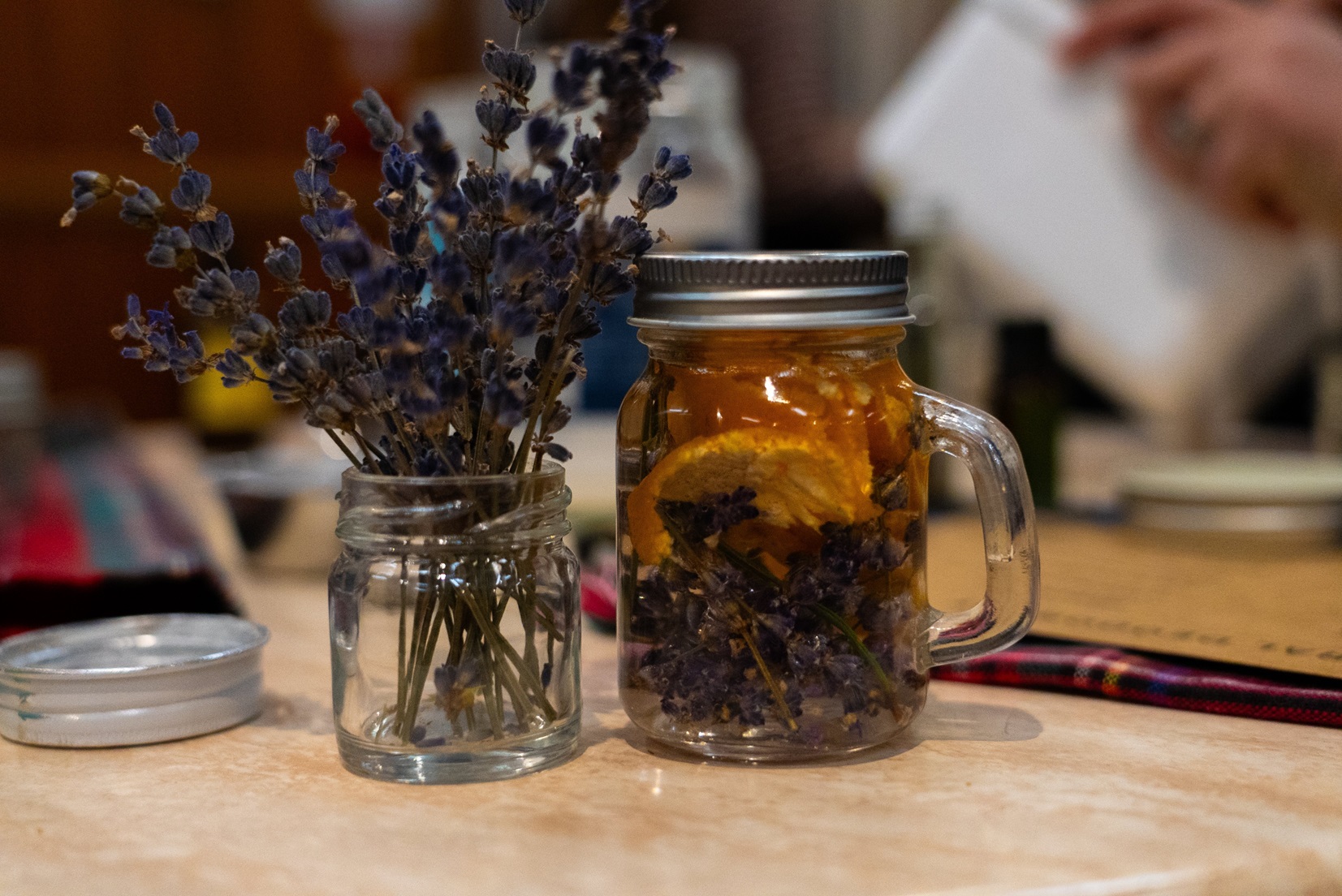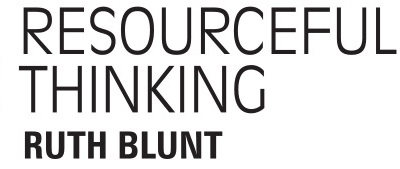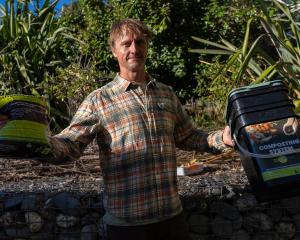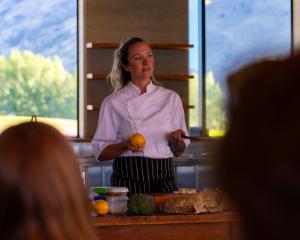

People often don’t know the power of their small actions. The ripple effect of their influence. One small step can break down the feeling of being overwhelmed, and foster a sense of personal empowerment. Beyond the social impact, even a single environmental choice can have tangible benefits. I see it every day in Wānaka where a growing number of cafes offer loan-cup schemes and welcome BYO cups. Where reusable cups are the norm.
This idea — the power of starting small — is the driving force behind Wastebusters’ "Low Waste Living" series. "Living" is a big subject in itself, and the prospect of living with less waste in a system often designed for disposability can feel daunting. That’s why we’ve designed our workshops to reflect achievable goals, bit-sized topics and hands-on learning opportunities.
For us, an everyday impactful shift towards low-waste living is adopting natural and home-made cleaning products. To be fair, I don’t usually get excited about cleaning. I just want a clean house without the lingering synthetic smells that make me want to throw open all the windows, even in the middle of winter. I want to minimise the waste I bring into my house, and I want the cleaning products I use to be multi-purpose, effective, and safe for the kids to be around.
A lot of our crew have been using natural cleaning methods for years — they’re cost-effective and they really work. So we were excited to design our "natural cleaning" workshop, sharing the simple, low-tox products we rely on.
I’m a "pull everything out of the cupboards/fridge/freezer/drawers ... and clean it" kind of person — from the outside the process can look utterly chaotic. Helpfully, I live with a counter-clearing, space-tidying, restorer of order to balance my tendency towards [controlled] chaos. Because we’ve been making most of our own cleaning products at home for a while now, we’re a dollop of this and glug of that when it comes to our recipes. Knowing this wouldn’t translate too well in the workshop scene I turned my home into a testing ground, tackling all kinds of cleaning conundrums with carefully measured ingredients.
Sharing a home with two small kids and a dog means I have plenty of fertile ground to experiment on — pen marks on the wall, the rangehood I can’t reach, the hardworking oven, permanent marker on a school uniform, the dog slobber on the windows.
I diligently tested the efficacy of our home-made spray, cream cleaner, toilet pods, and more, all in the name of science. Castile soap magically erases rangehood grease; citrus peel-infused vinegar spray costs about 50c a litre, and cleans pretty much every surface — dog slobber be gone! Sharpie is stubborn, but if you catch it early enough, you can often lift it with a bit of white vinegar. Our simple baking soda cream cleaner tackles soap scum in the bathroom without the elbow grease. No fillers, no synthetic fragrances or dyes, just simple, effective ingredients.
It’s true the magic often comes down to household staples like baking soda and white vinegar — that dynamic duo famous for its fun chemical reaction. They are not the only ingredients we use, but they do form the base of many effective home-made cleaners because they work so well; vinegar as a descaler and deodoriser and baking soda providing gentle abrasion to tackle tough stains. Easy-to-make combinations can break down dirt and grease just as effectively as their commercial counterparts.
The versatility of natural cleaners means a multitude of products, and their associated packaging, aren’t necessary for a clean home. A quick wipe-down with our multipurpose spray effectively cleans kitchen counters, windows, and bathroom surfaces in minutes. Our cream cleaner provides a gentle yet powerful scrub against grime, and vinegar infused with lavender or citrus peel turbo boosts the grease cutting properties without harsh chemicals that can irritate skin or trigger allergies. Even the ash from your fire can be useful. Simply dampen a piece of newspaper, dip it into cool wood ash and gently scrub the glass of your wood burner in a circular motion to remove soot and stains without scratching the glass.
So, the next time you feel the weight of the "where do we even begin?" — maybe the answer isn’t as big as it feels. Think about that one small switch, like choosing a reusable cup or mixing up a simple cleaner. It might seem like a drop in the ocean, but those little things? They add up. They show what’s possible, not just for your own home, but for the bigger picture too.
Recipe
Multipurpose cleaner
Ingredients
• ¼ cup vinegar
• 2 cups water
• 1 Tbsp dish-wash liquid
Directions
1. Add vinegar to a (reused and reusable) spray bottle.
2. Fill almost to the top with water.
3. Add the dish-wash liquid.
Turbo boost your cleaning spray by soaking citrus peels in white vinegar for a couple of weeks and using this instead of plain white vinegar.
Workshops
To join one of Wastebusters’ Low Waste Living workshops in Wānaka or Whakatipu, head to our website and sign up to our newsletter to keep in the loop www.wastebusters.co.nz.












